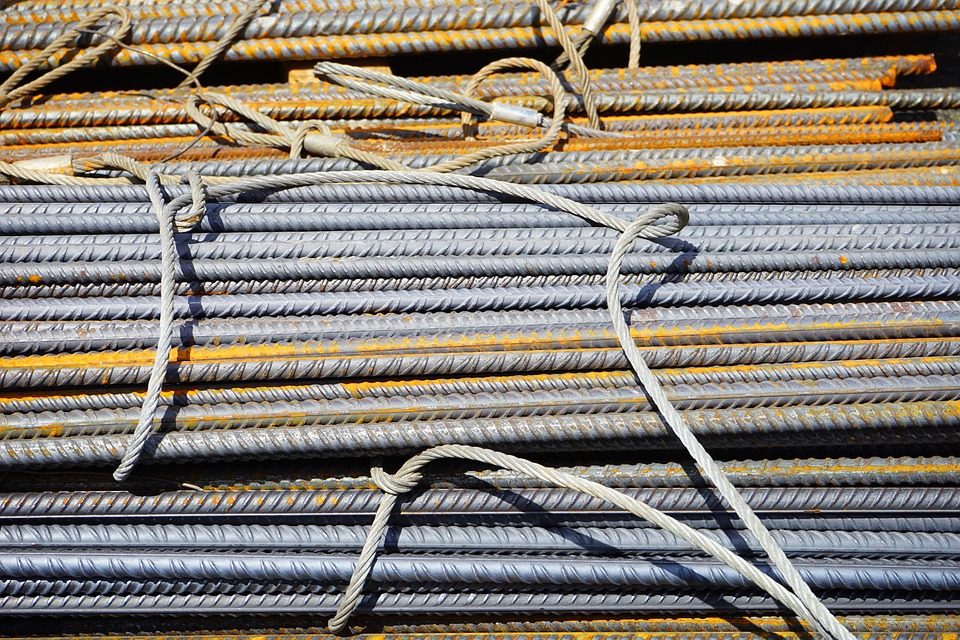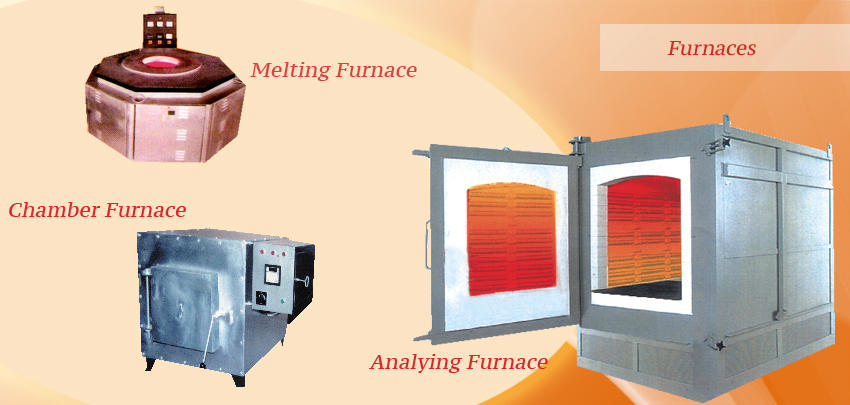Buying and selling a home in today’s real-estate market is a complex transaction for any individuals. You’re committing to a structural purchase that has many stationary and moving parts. In fact, many buyers never know exactly what they’re purchasing when it comes to structural details, such as building-stud types or foundation health. Steel is a common material within any real-estate purchase, which is why you should know a few details about this core substance.

1. New Homes Don’t Come With Steel Plumbing
Galvanized steel used to be the norm in building construction when it came to plumbing materials. If you purchase a home that’s several decades old, you’ll have steel piping throughout the structure. During certain repair procedures, however, the steel may be married to the copper piping as an update to the system.
New-construction homes typically have either stainless steel or PEX piping, which is a form of strengthened plastic. Stainless steel remains a favorite with many building developers because of its durability and strength. Corrosion doesn’t come into play compared to older, galvanized metal. As you examine each property, ask about the plumbing so that you can get a good idea of the basic construction within the home.
2. Rebar Supports the Foundation
Most homeowners don’t understand the basics about their foundation. They might be aware that the structure sits on a concrete pad that was poured out to certain specifications, but that’s the extent of their knowledge. The concrete isn’t strong enough to support the home without steel added into the mixture, however. Contractors embed rebar or steel rods into the concrete as it’s curing. These rods are typically constructed into a matrix that the concrete adheres to during the initial pour. The steel ultimately strengthens the concrete so that any weight strain can be distributed across the materials in the future.
3. Steel Studs can be Used in Home Construction
You might be familiar with building structures that have wood studs or beams. These studs create the structure that’s necessary for building walls, ceilings, and floors. Wood isn’t the only material that can be used, however. Steel studs are slowly being accepted in the industry as viable alternatives to wood. This metal lasts for much longer than wood, and there’s no concern about possible pest or weathering damage.
Steel studs used to be limited to skyscraper construction, but everyday homes are now being built with metal frameworks. Once the home is completely built out, homeowners won’t know the difference between a wood or steel framework. The home will simply have a longer lifespan with metal at its core.
4. Steel Roofs Aren’t Necessarily Noisy
Aside from piping and framework, you’ll also find steel as materials in rooftops. In fact, the entire roof might be made of steel. These roofs aren’t the typical, corrugated styles seen on small sheds, however. Today’s steel roofs look similar to shingles, but they last much longer. Concerns about noise are also a myth today. Steel roofs are just as quiet as a standard, shingled structure. When it comes to real estate, you should be thrilled to see a steel roof on a potential purchase. These roofs last for many decades.
5. Lightning Doesn’t Concern Steel-Home Dwellers
Homes with steel components don’t attract lightning. This myth often deterred buyers from any properties with steel roofs, frameworks, and piping. It’s true that a lightning strike will actually move with more efficiency through the steel structure. The energy will immediately flow to the ground because it has a clear pathway. Steel-home dwellers may be safer in these structures compared to wood properties. Lightning simply takes the path of least resistance. If there’s a taller structure nearby, such as a tree, the lightning will strike this location instead of your home.
6. Flexibility is Possible With Steel Construction
Your property doesn’t stand still like a statue. The ground and environment are constantly putting pressure on the structure. Steel studs, pipes, and other items are inherently flexible for these applications. If there’s an earthquake or ground shift, the plumbing and structural framework can move with the activity. This flexibility reduces possible damages that would otherwise occur with a rigid construction. Although steel has its flexibility limits, most ground movements will fall within those parameters. Cracked and snapped pipes will be a thing of the past when you have stainless-steel piping as your plumbing material.
7. Steel is Affordable
Building with wood used to be the only affordable option. Trees and wood stock were plentiful for many decades. However, sustainability concerns make wood an expensive option today. Steel tends to have a steady price in the marketplace. Compare wood and steel prices at any point in the year, and you’ll see a stark difference in cost. In many cases, you can find a steel that’s been recycled. It’s still as strong as a brand-new material too. If you’re purchasing a brand-new home, the overall cost can be substantially lower if the steel is part of the structure. Steel adds value and stability, but it must be part of new construction to make a considerable difference.
8. Wood is Heavier Than Steel
Take a look at a piece of wood compared to steel. When it comes to building materials, wood will always be heavier than steel. Contractors use “I” shaped steel girders to create structural frameworks. Most of the materials’ strength remains in the “I” shape, which doesn’t have a lot of volumes.
Wood beams, in contrast, must have a square or rectangular shape. They have a lot of volume and weight that cannot be redistributed by cutting it into a different shape. Steel simply has more flexibility in various applications, including piping for the home’s plumbing. Lightweight, stainless steel reduces the weight on the structure as plumbing pipes snake through walls and ceilings.
Understanding the basics about steel will help you buy and care for your next home in style. This raw material lasts for decades at a time when it’s properly installed and treated. Keep up with your home’s structural care through the years, and the steel will still be standing tall.




